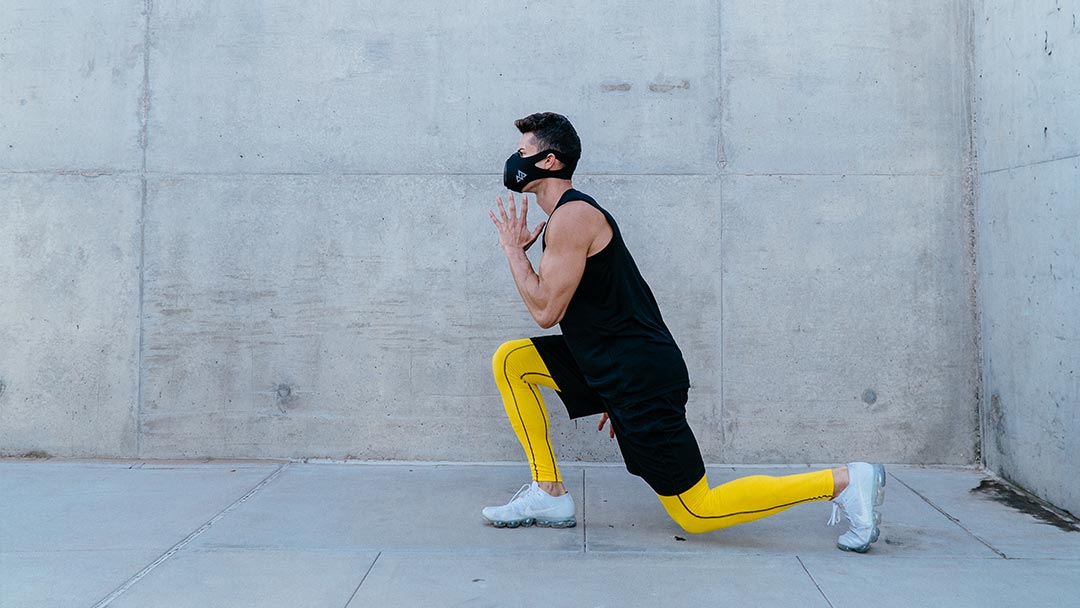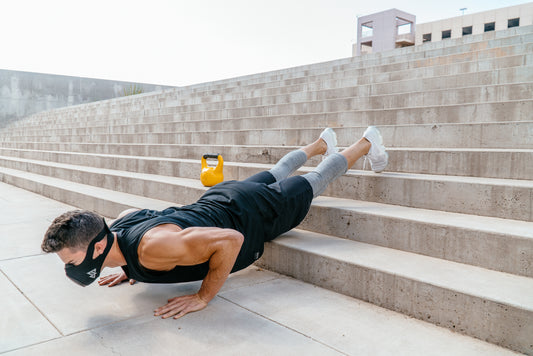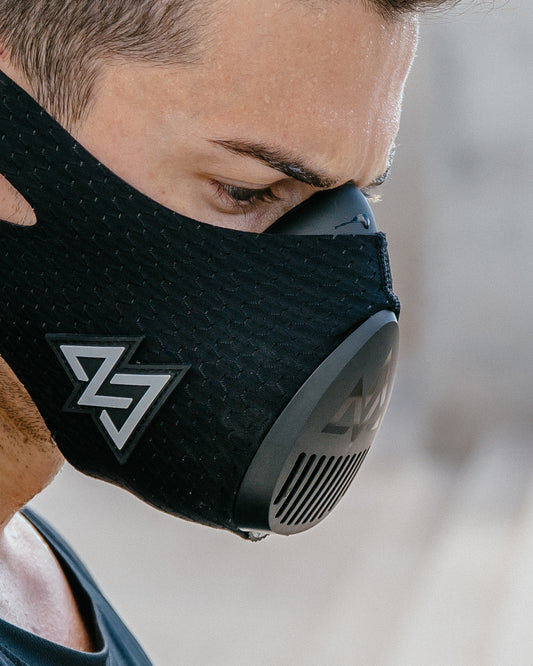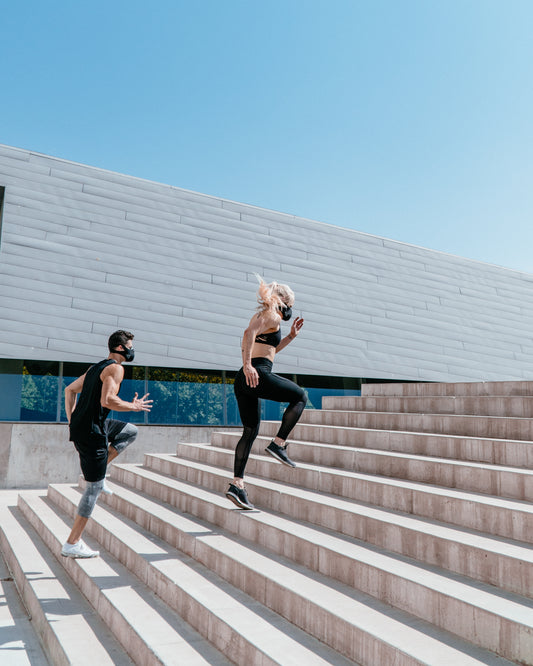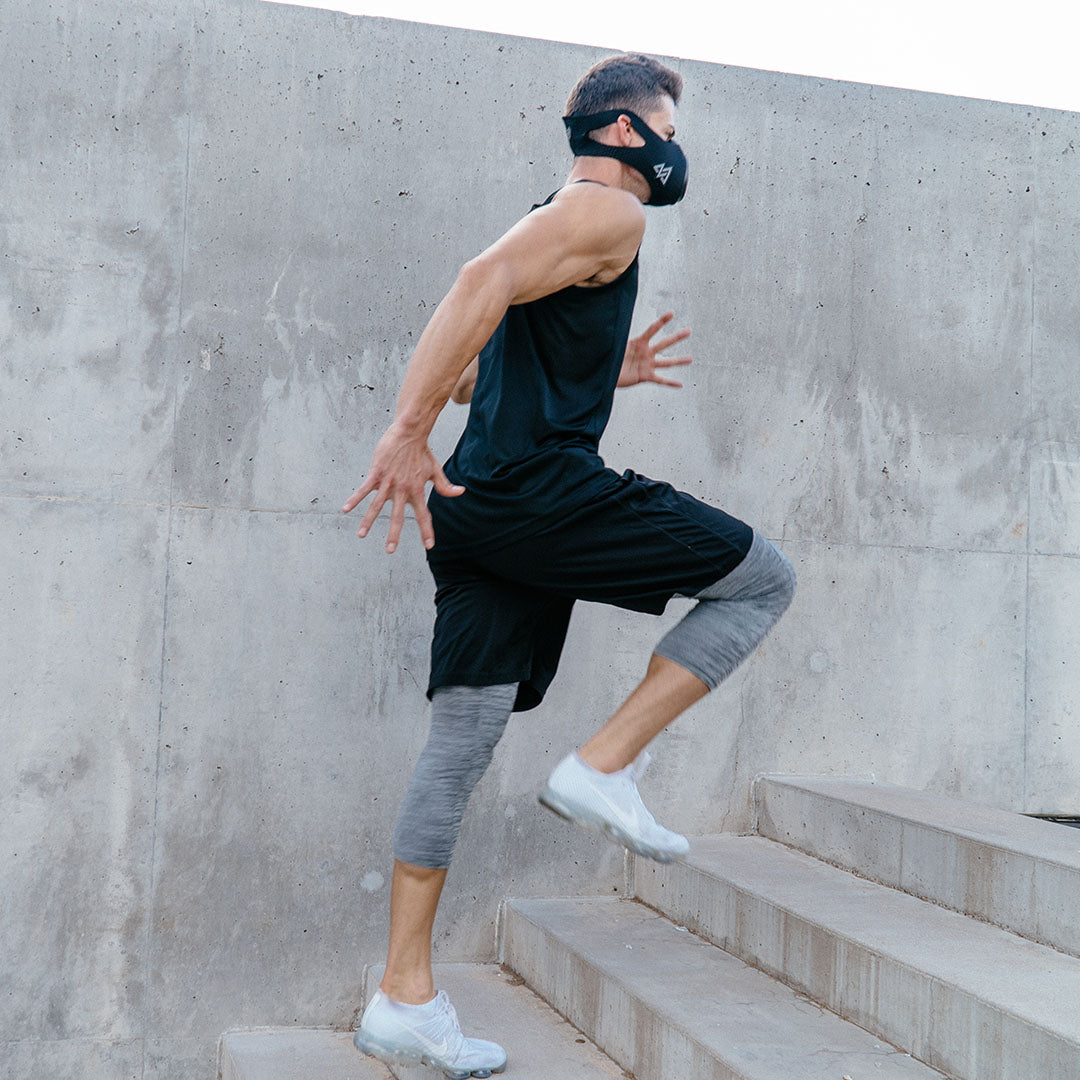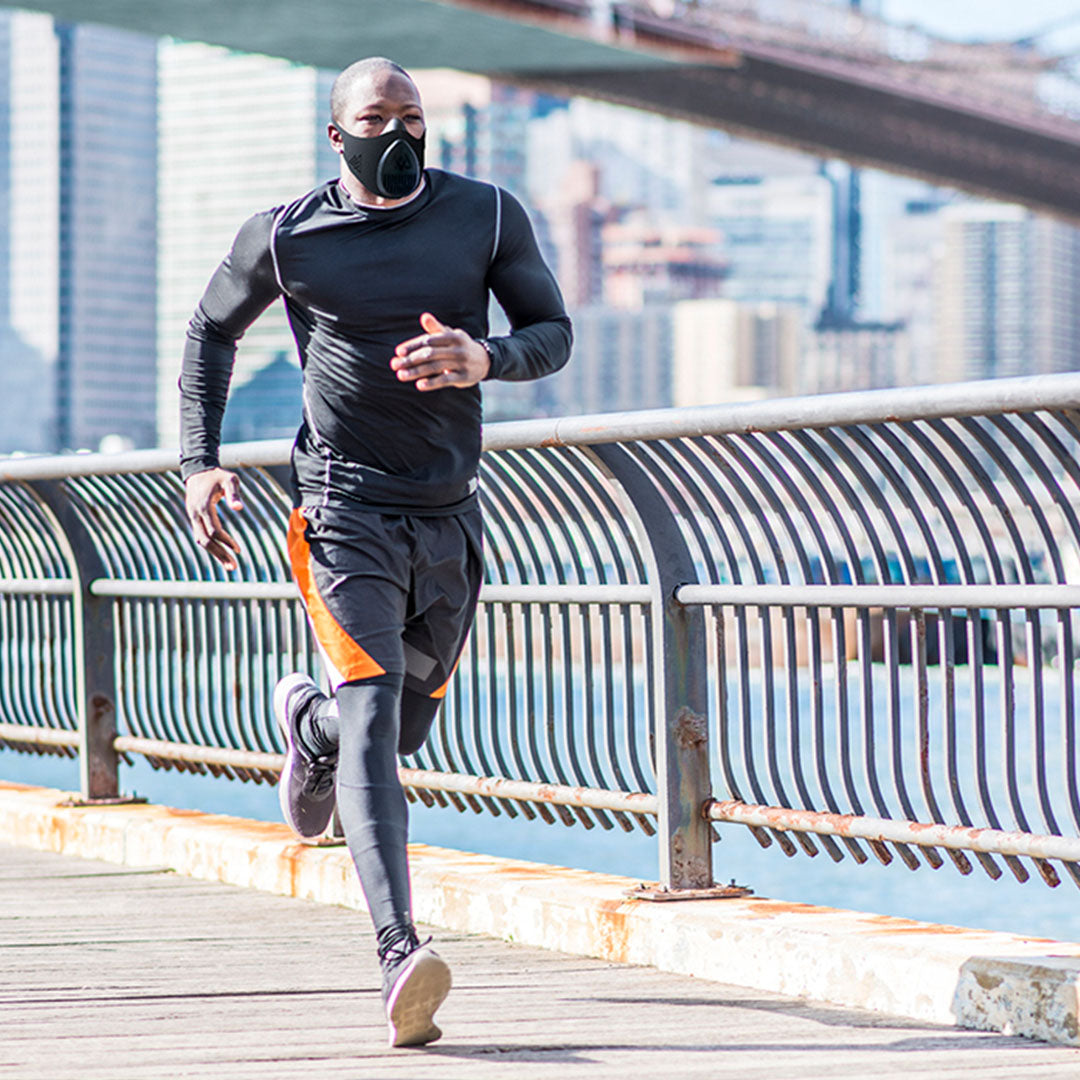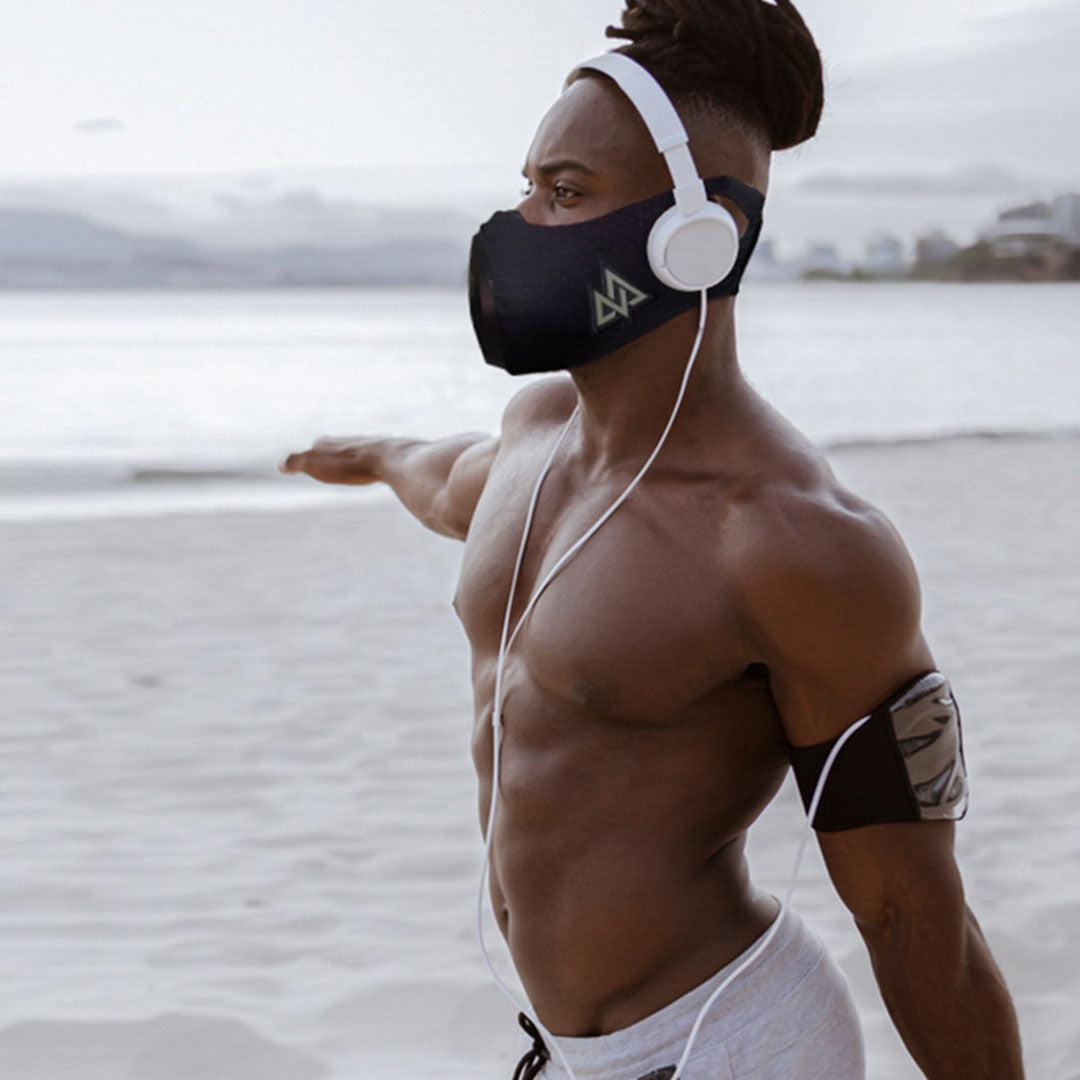When it comes to working out, there is an old cliché that reads, "No pain, no gain." What if, though, the "pain" was in fact a well created obstacle meant to urge you forward? The fascinating issue of training helmets is finally out for discussion. There's been a lot of buzz in the fitness world over whether or not these unidentified goods actually make cardio more challenging, and whether or not this is even desirable. Let's go into the studies and find out the real deal when it comes to training masks on the basis of a solid clinical study.
The Gold Standard for Assessing Cardiopulmonary Fitness
Physical health and sports success depend on cardiovascular fitness, often called cardiorespiratory fitness. What we mean by "oxygen delivery efficiency" is how well your heart and lungs provide oxygen to your muscles when you're exerting yourself. To enhance cardiovascular exertion, training masks attempt to mimic the effects of exercising at higher altitudes.
Instructions for Using a Trial Face Mask
High elevations have thinner air and less oxygen, which may be replicated with a training mask. Training masks make it more challenging to take in enough oxygen by increasing the resistance of the air you breath. To improve oxygen delivery to working muscles, this challenges your respiratory muscles and cardiovascular system. As a result, you may get more out of your aerobic workouts.
Clinical Studies as Evidence
The promises made concerning training masks need to be backed up by research just like any other fad in the fitness industry. For example, the article "Eight Weeks of High-Intensity Interval Training Using an Elevation Mask Improves Cardiorespiratory Fitness, Pulmonary Functions, and Hematological Variables in University Athletes" is relevant here. Training Mask's website includes a link to a research that looked at the effectiveness of Training Mask throughout eight weeks of HIIT.
Results of the Research
The results of the study shed light on the after-effects of utilizing a Training Mask during cardio:
The main takeaway from the study was that cardiorespiratory fitness may be improved upon. This suggests that the stiffer mask played a role in improving both aerobic and anaerobic performance.
A stiffer mask may improve lung capacity and respiratory efficiency, as suggested by the participants' enhanced pulmonary functions.
The trial resulted in a number of favorable changes to hematological variables, including an increase in red blood cell count and hemoglobin levels. These shifts might reflect adjustments to how oxygen is delivered to the body.
An Efficient Strategy for Vigorous Cardiovascular Training
The trend of wearing masks during workouts to increase the difficulty of the activity is well-founded. You may get more out of your regular aerobic activity by making slight adjustments. If you use a training mask while exercising, you may safely push your cardiovascular system to its limits, resulting in greater fitness.
Keep in mind, nevertheless, that people have varying responses. Some people, especially those with certain health concerns, are unable to utilize training masks. You should always check with a medical expert before introducing a new workout into your routine.
The use of training masks in tandem with cardiovascular exercise shows promise. The studies show that by creating these controlled challenges, one may achieve better fitness improvements. Do shields prevent you from doing cardio? In fact, this extra challenge has been shown to be beneficial for people who want to push their cardiovascular boundaries. Maintaining a healthy equilibrium between your fitness objectives and present health status is essential.

